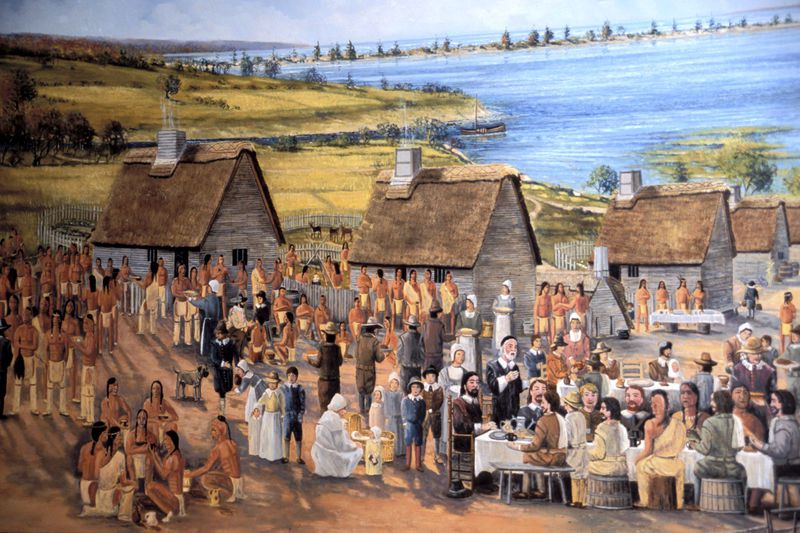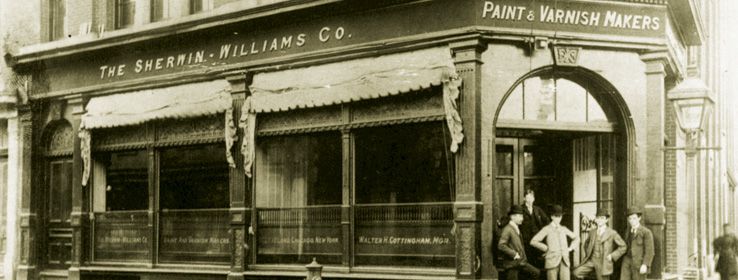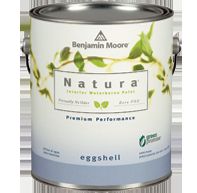Painting the exterior of the home goes all the way back to the Pilgrims! They were not very creative—they looked at house paint as vain proposition and frowned upon their congregants painting the interior of their homes. In fact, they outlawed painting a home! Old weathered gray was the color of the day.

As the United States evolved, the Pennsylvania Dutch community created paint by mixing lime and oyster shells to create a white wash. House painting was considered a luxury, since the pigments, which were challenging to find in quantity, and very expensive. The early Americans kept recipes of paint colors right along with recipes for food in their cookbooks!
Food found its way into paint recipes—milk paint was used from sour milk and pigments were added to create colors. Red was mixed from iron oxide found naturally and green paint was created from copper oxide. Other food ingredients found in paint might include coffee, eggs, or rice.

Red Pigment Paint on a Pennsylvania Dutch Barn
Eventually oil made its way into the application of paint. Pigment with lead and oil were made into a paste. Many painters died from lead poisoning while hand creating their products and in the 1700’s painters started using mechanical tools to mix paint and ventilation systems to avoid certain death. In the 1800’s, non-toxic Zinc oxide became the new standard for white pigment and an alternative for lead paint was born.
In 1876, Sherwin-Williams invented and manufactured ready to use paint for the masses. Several years later, they invented the re-sealable can. The paint company Benjamin Moore was founded in 1883 and so began the competitive paint market. As World War II began, linseed oil, a main ingredient for paint became scarce. Painting companies turned to their chemists for answers and synthetic paint was introduced. Latex became a new standard for painting and with it came another problem: toxic fumes. These fumes can damage the filtration systems of the body, including the kidneys and liver, as well as poison the nervous system and was shown to cause cancer.

Sherwin-Williams
As the green movement in the 1970’s took a foothold, consumers voted for safer paint with their dollars. Low volatile organic compound paint “VOC” was birthed from a need for environmentally friendly home finishes. These paints do not produce the fumes and noxious vapors that give people health problems. There are “No VOC” paints too—Benjamin Moore offers “Natura” at $50.00 a gallon. Going green may not be cheap, but how can you put a price on your family’s health?

There are many options that have evolved since the first American’s concocted paint recipes to color their walls—long gone are the dull Pilgrim house boards! Brogan’s Home Painting can discuss color and paint options that best suit your needs. Call 913-449-8468 to schedule an appointment for a consultation with Ed Brogan.

